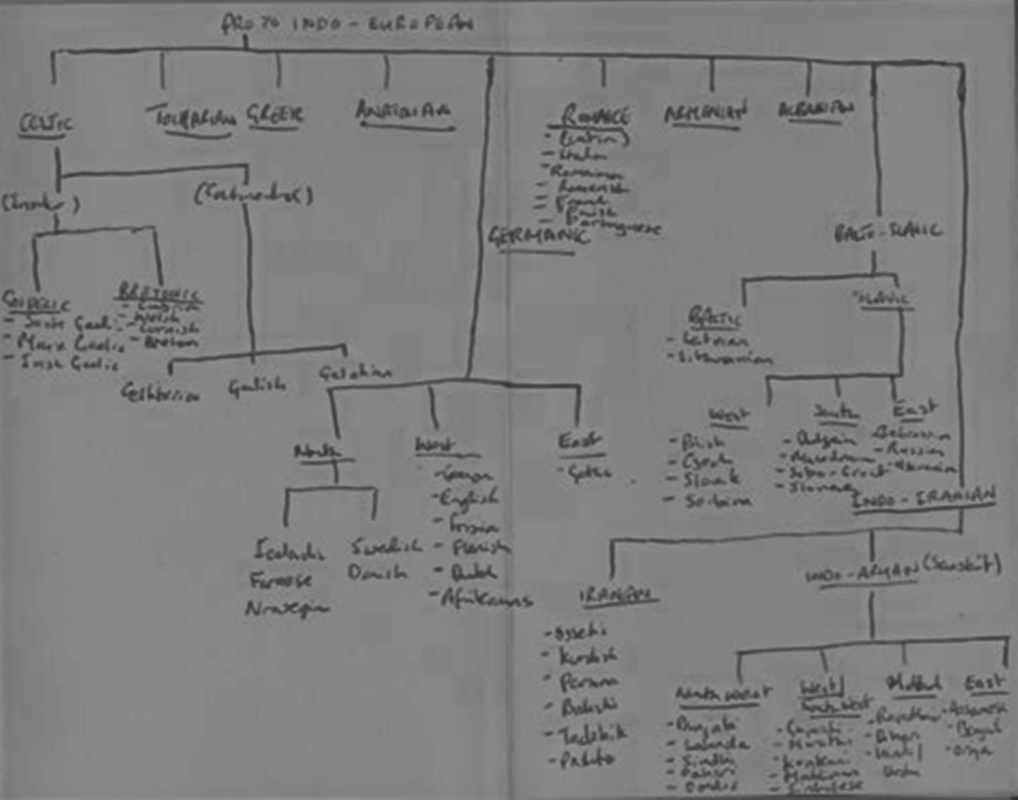My one liner: A disturbing thriller, which leads you into an uncomfortable zone somewhere in between the supernatural and the deepest primaeval recesses of the human mind.
“Serendipozan is one of the new generation of neuroleptics. While we must concede that extrapyramidal symptoms (e.g. acute Parkinsonism) and neuroleptic malignant symptoms (sometimes resulting in mortality) have been observed in control groups, we believe that these occurrences are statistically insignificant. This must be balanced against clear evidence of the effectiveness of Serendipozan and the significant improvement it can give to the quality of patients’ lives, allowing in many cases for them to live within their own communities without the need for medical supervision.. Dr Hans Bueler, Tertius Corporation AG, International Symposium on Clinical Psychiatric Medication, Basle 2002”
Paul Torday's novel switches protagonists neatly between Michael Gascoigne and his wife Elizabeth, both in their thirties, the story is told in both their first persons. Michael, an orphan, and owner by inheritance of the Scottish highlands estate Ben Carroun, doesn’t need to work. He spends much of his time down in London where he leads an affluent if non-descript existence. The dusty, time-capsule encased, politically incorrect gentlemen’s Groucher club in Mayfair is the beginning and end of his social life, bounded neatly by golf, card games, stalking, and the petty internal squabblings of the club committee. And his personality reflects his existence. Dull and predictable.
Elizabeth has been married to him for 10 years. An unremarkable marriage, largely devoid of passion. “I’m making it sound as though we had an unhappy marriage. That’s not true. It was what my mother used to call a ‘workable’ marriage.” An unremarkable job on a woman’s magazine, which she didn’t really need to keep once she got married.
Slowly however, things start to change. The “Girl on the Landing”makes her first appearance in a painting. Michael and Elizabeth are staying with friends at a country house in Ireland, where Michael is captivated by a painting he sees on the staircase.
“The painting was of an interior that showed a shadowed landing...The foreground of the painting was drawn with great attention to detail...The farther into the background the artist went, however, the less he appeared to care about the detail. The female figure was merely sketched in and she was dark, so dark one could make out only the merest suggestion of a face...” Several chance encounters ensue between Michael and a strange and beautiful young girl. On train journey. In a restaurant. At the estate. She calls herself The
Lamia, and Michael starts to opens up to her about his past.
“‘She seemed at once, some penance lady elf, Some demon’s mistress, or the demon’s self’ Lamia, by Keats.”
Elizabeth starts to worry as Michael’s personality starts to change. He is becoming increasingly dishevelled, unpredictable, elusive, and aggressive, not to mention amorous. She is at once more attracted to him (he is now “Mikey”, not Michael), yet disturbed by him. One evening at the estate they are hosting Peter Robinson and David Martin, friends of his, and fellow Groucher members, when he delivers a completely unexpected monologue. The conversation has turned to the candidacy of Vijay Patel, a successful second generation British banker of Ugandan Asian origin, whom Peter has proposed for membership at the Groucher. The club is deeply divided as he is the first “black man” they would be letting in. Over dinner David makes some off-colour remarks about Patel’s (un)suitability, and Michael launches into a tirade about the origins of British identity. But what a tirade. It is clinical in its exposition of a hypothetical woman cave dweller in the post Younger Dryas ice age period making treks across to Britain from the Pyrenees, some time in the Mesolithic area. Yes, the Anglo-Saxons and Celts and Vikings came after, but it made little difference to the DNA of the inhabitants of the British Isles. And not only is the content shocking for being so out of character, it is the primordial venom with which he delivers it that unnerves his wife.
As Michael’s unpredictability worsens, we start to understand why a violent conclusion to this story is the only possible outcome.
Some nice touches in here, including a cameo appearance by Charlie Summers, down-on-his luck charmer and purveyor of luxury dog food. Charlie will be known to Torday regulars as the tragi-comic subject of another of his novels The Hopeless Life of Charlie Summers.
Here is the Wikipedia link to the author. There is no Wikipedia link for the book.



 RSS Feed
RSS Feed
